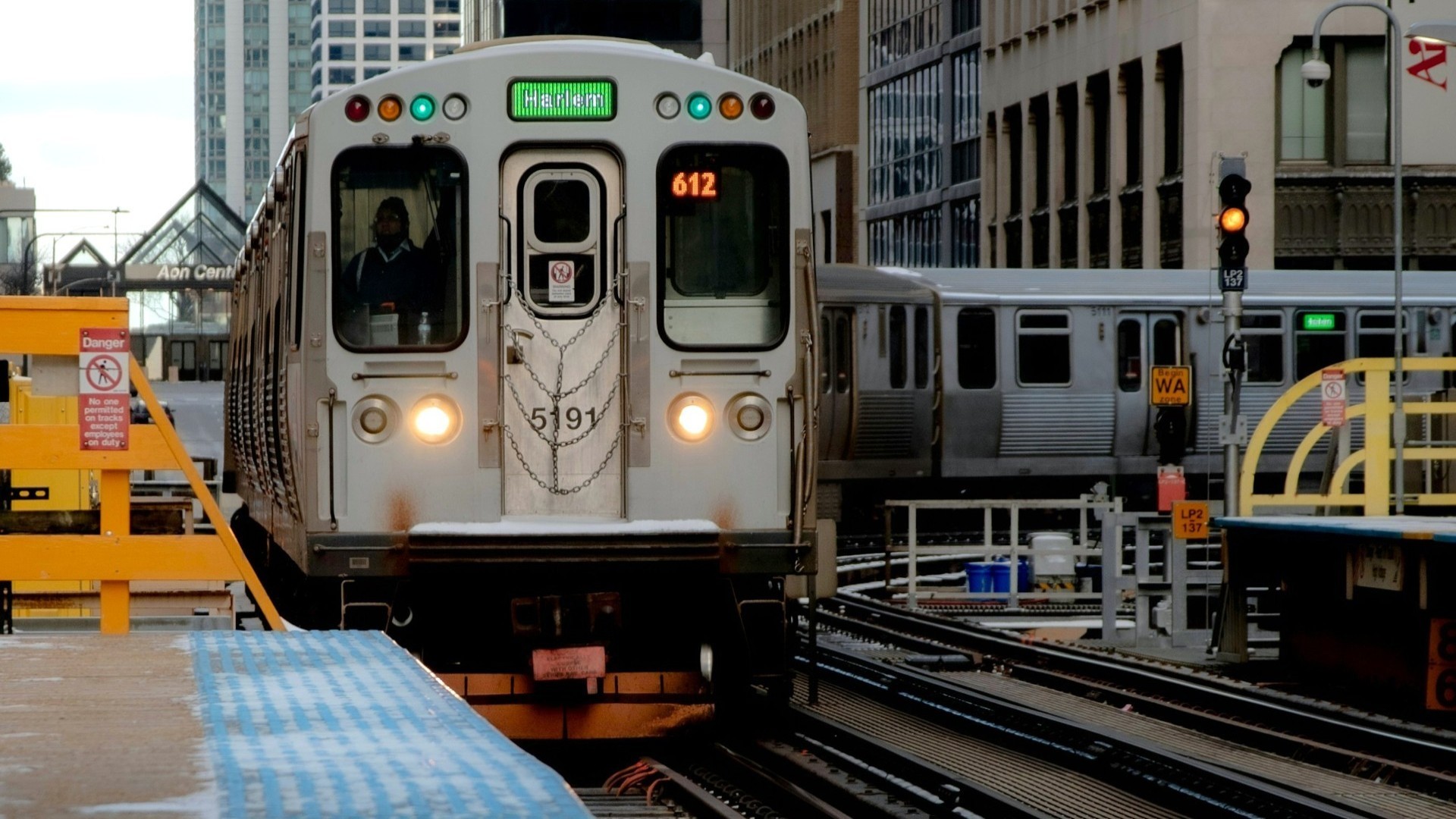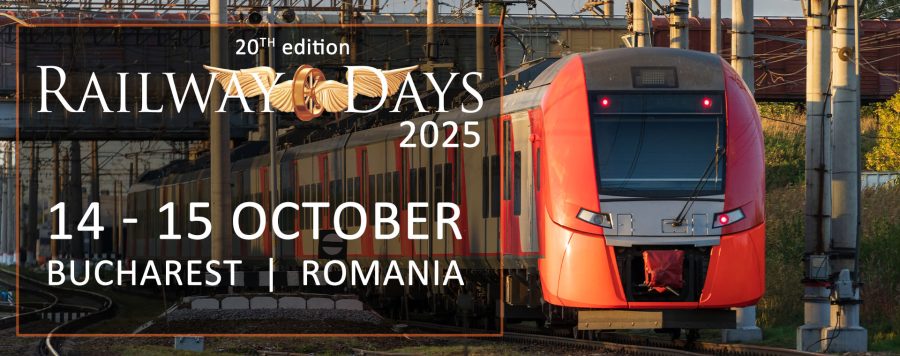Chicago Transit Authority (CTA) approved an agreement with Sensonic to advance a pilot programme that would automatically detect intrusions and fallen objects on the rail right-of-way, enhancing railway safety and operational reliability.

CTA will test the use of a fiber optic vibration sensing device that monitors large objects falling on the tracks.
The project will leverage Sensonic’s innovative Distributed Acoustic Sensing (DAS) solution that transforms existing fiber optic cables into a continuous network of highly sensitive acoustic sensors. By monitoring minute changes in light scattering caused by acoustic vibrations, such as those from footsteps, vehicles, or falling debris, the system can distinguish between normal train movements and anomalous events.
A single Sensonic sensing device has the capacity to cover up to an 85.5-km range, offering expansive, real-time monitoring capabilities. In the event of a person or object entering the tracks, the system’s intelligent algorithms will analyse the vibration patterns to trigger a real-time alert, notifying appropriate CTA staff for swift intervention.
The 12-month pilot will begin with a feasibility phase, during which Sensonic will collaborate with CTA to identify optimal deployment locations across various track types, including elevated, grade-level, and subway sections. This initial phase will include in-depth feasibility testing, equipment purchase, and installation, followed by a hardware installation at one selected location.
The technology to automatically detect intrusions will be essential for passenger safety while is reducing delays, and improves service reliability. “Intrusions onto CTA rail tracks cause service disruptions and can be a deadly, life-changing mistake,” said CTA Acting President Nora Leerhsen.
With this agreement, CTA will fund the pilot with a USD 110,700 stipend broken into two phases, with the first milestone covering the evaluation and in-depth feasibility testing and the purchase and installation of testing equipment. This will be paid after CTA receives and accepts report on feasibility. The second milestone will include the hardware costs for pilot installation at one location as well as a license for a real-time alert monitoring software.
Share on:



